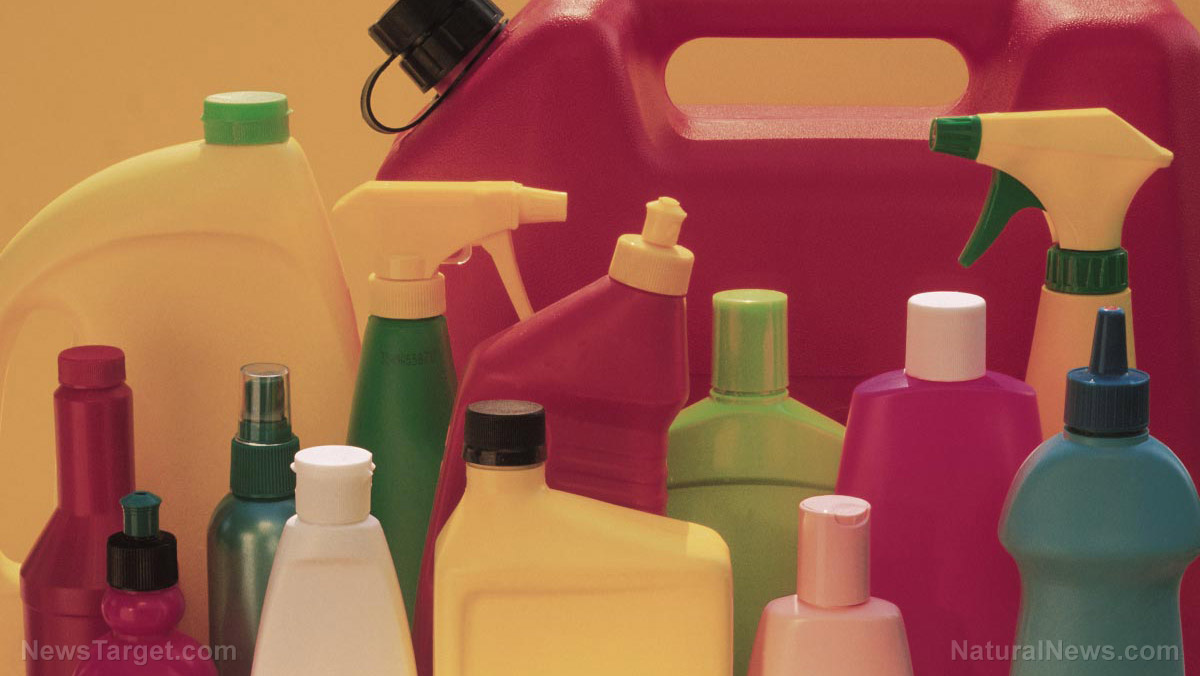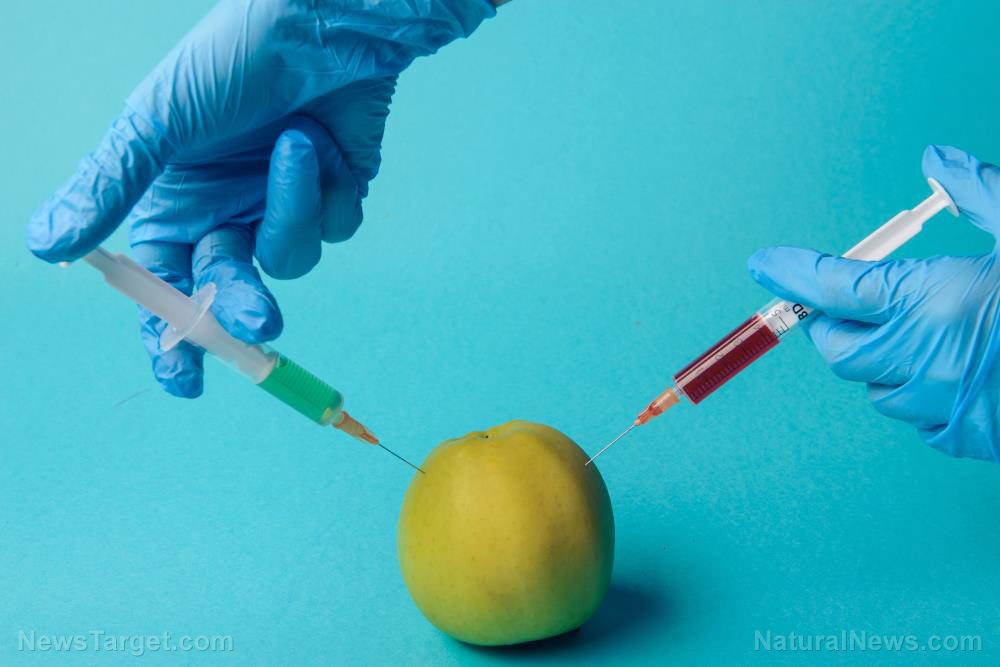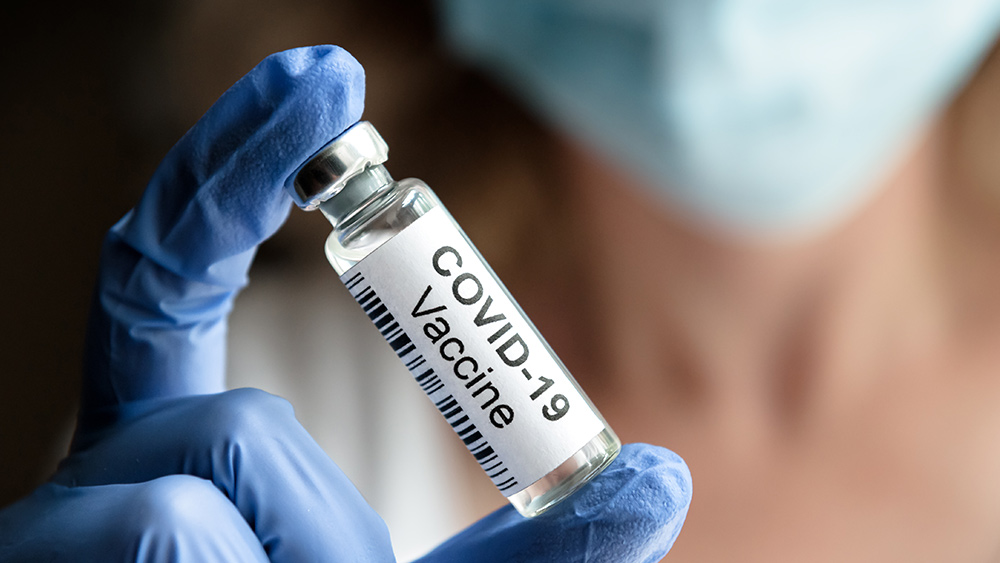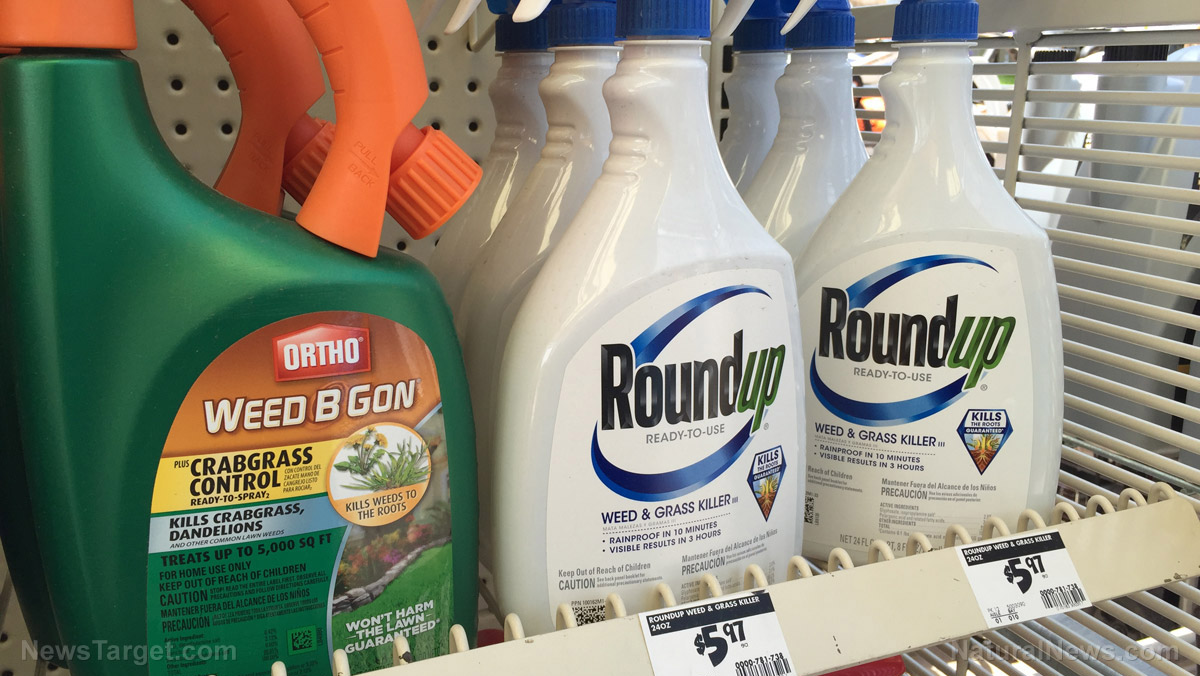
Some of the commonly used toxic ingredients in these many cleaning products are the following:
- Parabens – Used as preservatives in soaps, parabens are hormone disruptors that contribute to the storing of body fat.
- Propylene glycol – Used in moisturizing lotions and baby products, propylene glycol is a known cancer-causing agent.
- Sodium laurel sulfate – This chemical is a foaming agent that is commonly found in shampoos, liquid soaps, and toothpaste. It was revealed to be a neurotoxin and may even be linked to cancer.
- Synthetic colors and dyes – Usually labeled FD&C or D&C, synthetic colors and dyes are known cancer-causing agents.
- Triclosan –Typically found in antibacterial soaps, triclosan is an endocrine disruptor that is associated with birth defects and can harm the internal organs. It is also believed to contribute to the problem of antibiotic-resistant bacteria.
- Ureas – Found in soaps, ureas can cause contact dermatitis, heart irregularities, and joint pain.
Cosmetic and personal care products may seem less toxic than household cleaning products and laundry detergents. However, when ingested in small amounts, they can still cause problems in the gastrointestinal tract, such as vomiting and diarrhea. Soap poisoning, on the other hand, causes several symptoms: difficulty breathing; swelling of the throat, lips, or tongue; chemical burns on the skin; vision loss; burns to the throat or esophagus; severe stomach pain, and; low blood pressure. Long-term exposure to these chemicals can result in life-threatening complications, which include brain damage, organ damage, and death of tissues. (Related: Household Cleaning Products could be Making You Sick.)
These side effects are more worrisome because cleaning products like personal care products and cosmetics are the leading cause of accidental exposures for children below five years old, while laundry detergents and household cleaning products come second. One of the main reasons children tend to accidentally ingest these products accidentally is because they mistake them for beverages or candy, especially the ones that are brightly colored.
According to a report by the National Poison Control Center (NPCC), a poison exposure is reported in the U.S. every 15 seconds. In 2015 alone, the NPCC received more than two million reports, with about 47 percent of accidental ingestion cases involving children below five years old. In addition, the Centers for Disease Control and Prevention (CDC) reported that 300 children and teenagers are rushed to the emergency room due to poisoning every day, with two children dying each day.
Common natural cleaning agents
You can avoid cleaning products with toxic ingredients by making your own natural cleaning solutions. Even without the chemicals or toxic ingredients, natural cleaning products are effective and powerful cleaning agents. Since they are non-toxic, they are also gentle to the skin. Here are some alternative natural cleaning agents you can use:
- Baking soda – Baking soda is a good deodorizer that also has an abrasive quality. It can be used to remove stains on the surfaces in the bathroom or kitchen or to clean the inside of an oven. Salt can be added to increase its scrubbing power.
- Lemon juice – Lemon juice can kill molds and remove grease while leaving a shining effect. Lemon juice can be mixed with vinegar or olive oil to make a cleaning product solution.
- Olive oil – A combination of olive oil and lemon juice will moisturize wood while providing a shining effect and a fresh scent.
- Vinegar – White vinegar is an effective grease remover due to its acidic nature and antibacterial effect. To use, combine one cup of vinegar with a bucket or spray bottle of water. The solution can be used to clean windows, mirrors, toilets, and floors.
Read more news stories and studies on toxic products by going to Products.news.
Sources include:
Please contact us for more information.























